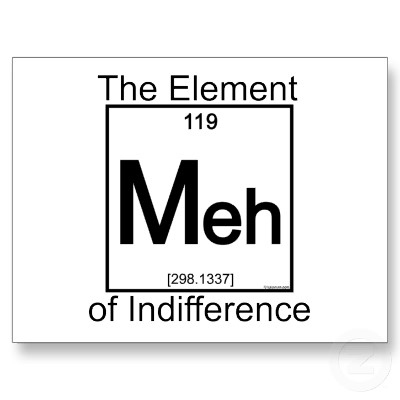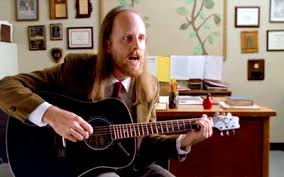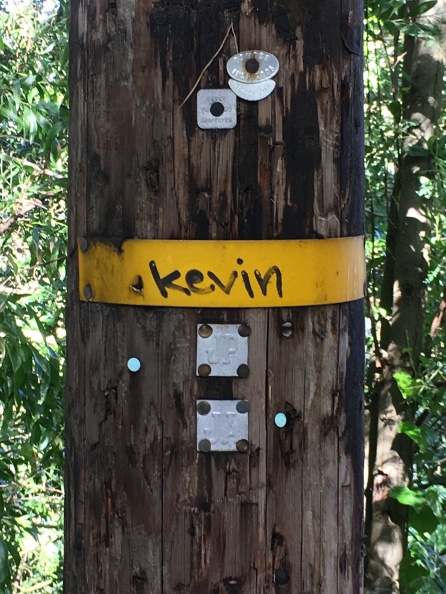One of the pleasures of getting older is looking back on meaningful things in the progression of your life, or making sense of things that maybe didn’t at the time, or even reflecting on what weren’t good times and seeing how they contributed to who you are. I’m realizing how important the music of various times has been as the soundtrack to my story. I more and more listen to the music of my young adulthood and hear a beauty in it that I didn’t necessarily get at the time. I just knew I liked it, but maybe not so much what it meant.
I was reading The Secret Diary of Hendrik Groen (originally published in the Netherlands in 2014), and felt compelled to take a photo of this quote. It’s so true!


When we were on our recent vacation in England, I happened to hear over a cafe sound system songs by Leonard Cohen that took me back to the time when I didn’t even think I liked Leonard Cohen.

Now I appreciate him for the incredible poet that he was, and wish I’d paid more attention. The song playing was The Sisters of Mercy (1967), and I fell in love with it there in the cafe.
I don’t remember if it was the same cafe or later somewhere else on the trip, but my attention was caught by the Crosby, Stills & Nash song See the Changes (written by Stephen Stills) from the 1977 album CSN.

See the Changes (Stephen Stills)
She has seen me changing
It ain’t easy rearranging
And it gets harder as you get older
Farther away as you get closer
And I don’t know the answer
Does it even matter?
I’m wonderin’ how
Ten years singing right out loud
I never looked was anybody listening
Then I fell out of a cloud
I hit the ground and noticed something missing
Now I have someone
She has seen me changing
And it gets harder as you get older
And farther away as you get closer
And I don’t know the answer
Does it even matter?
I’m wonderin’ how
Seems like something out of a dream
I had years ago yes, I remember screaming
Nobody laughing all the good times
Getting harder to come by without weeping
Now I have someone
She has seen me changing
And it gets harder as you get older
And farther away
Most of my favorite Crosby, Stills & Nash songs were written by Stephen Stills, and his voice was always the one that stood out to me. I went to see him in concert in Sacramento back in about 1990ish, and he was older and heavier (as I am now), but he could still play that guitar and his voice was as strong as ever.
As we steered our canal boat through the English countryside into Wales, See the Changes became the soundtrack in my head, the song I sang aloud when no one was listening. The lines “…and it gets harder as you get older, and farther away as you get closer…” seemed particularly relevant as I took ibuprofen every night after the day’s hard work or raising and lowering locks and bridges on the canalway.
I also had a lot of time to reflect on the meaning of those lines and whether or not I’d say that it’s true that it gets harder as I get older or if anything seems farther away. I suppose it depends on what the “it” is. Some things get harder as I get older, like getting up if I sit on the floor, or getting by on little sleep, or being on my feet all day. Those are the physical things.

The mental and emotional things, for me, have gotten easier in a lot of ways. My social skills are much better, I’m more tolerant and open-minded, I deliberately aim for kindness and compassion in my approach to life and the other inhabitants of the planet. I love learning, and since I quit drinking 5 years ago, my brain engages and I want to learn more, always.

Farther away? Well, the closer I get to the PhD finish line, the farther away that seems! People I started the program with, in my cohort as they say, have in some cases finished (congratulations, Barbara!) or are close to finishing (you go, Jennifer!). I’m still about a year away at best. But I remind myself over and over that it’s not a race or a competition, that I’ll finish in my own time and will be proud of what I accomplished. Retirement seems farther away than ever! I dream about the retirement house we will move to some day, where it will be and how clean and simple and tranquil it will be. The projects I’ll get done, all the books I’ll read. It’ll be awesome, if I ever get there.


In addition to music and language, visual imagery, of course, is a huge part of our memories, nostalgia, reminiscing. I love to look through old photographs, but unfortunately, due a house fire in 1987, a lot of family photos were destroyed.

When I was in high school in the late 1970s, I was obsessed with Seventeen magazine. Summer breaks seemed so long and luxurious (maybe because I wasn’t motivated to get a summer job like other teens; shy and lacking in confidence, the idea of applying for jobs was beyond me), and I couldn’t wait for the newest edition of the magazine, with the upcoming fall trends and teen advice. I was shy, yes, and also a loner, but I wanted what was in those magazines! I commandeered my mother’s old sewing machine, dragging it into my room, and followed all of the instructions on how to remake your wardrobe (turning flared pant legs into straight ones was a big one). In particular, the August 1978 issue was one that I read and reread, tried to copy the styles from, and wanted so badly to be the cover model, Lari Jane Taylor. I actually have remembered her name all of these years. I still love the look. I even still have a copy of the magazine, carefully preserved in an archival sleeve. It was my bible going into my senior year of high school, a year fraught with uncertainty and insecurity. In my 17-year old brain, I thought the right color eyeshadow would be the answer to my problems.

Lari Jane Taylor was also the cover model of the January 1979 issue, looking into the spring. That issue didn’t have the same impact on me, clearly, since I’d forgotten about it until I searched on her name. I prefer the August 1978 look anyway.

Ah, the late 1970s. A strange time, a transitional time between the “hippie” era of the late 60s and early 70s and the me-first greed of the 1980s. I often felt a little lost, not identifying with my peers. I became vegetarian, made my own clothes, listened to the “wrong” music (I abhored disco music, although I think it’s fun now). I wasn’t a punk, either. I was a geek in a land of jocks and cheerleaders on one side, and feaks and punks on the other. If you’ve never watched the one season of Freaks and Geeks (set in 1980), I highly recommend it, by the way.

I was flipping throught the 1978 magazine, and all kinds of advertisements and images struck me as hugely amusing now, 40 years later.

But look again at the song lyrics to See the Changes. The lines just before “and it gets harder as you get older, farther away as you get closer”:
Now I have someone
She has seen me changing…
Having someone with you on your journey who sees the work you are doing, who appreciates how hard you are working and can help you get perspective when whatever “it” is seems harder or farther away–that’s now my takeaway from this song. Whether it’s a sibling, a friend, a significant other, a companion animal (I’m not joking)–having someone to talk to, to bounce ideas off of, to give you comfort when you feel down–can make a world of difference. Hey, that English canal boat was a 2-person job and it was hard (but fun) work. Kind of like life.
Here’s to you, Captain Bob!

Peace and hugs.






















































































































